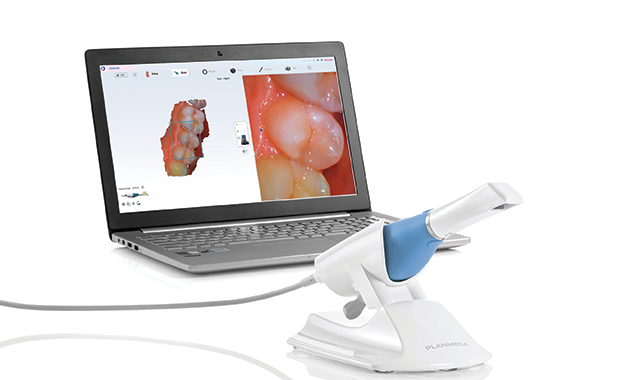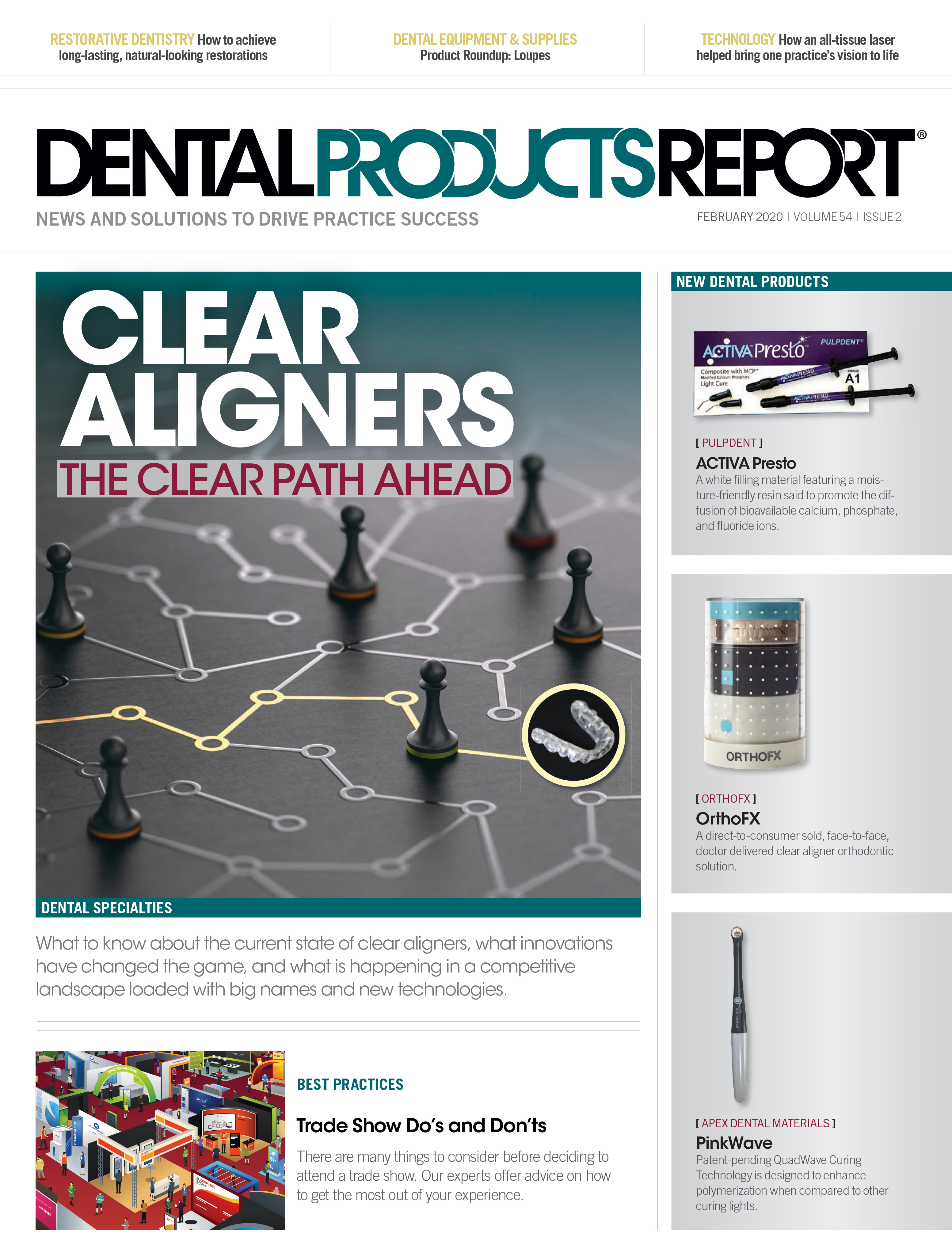Closer Look: Taking intraoral scanning to the next level

Walter Renne, DMD

The Planmeca Emerald S™ is the newest intraoral digital scanner from Planmeca and combines all the features of its predecessor, the Planmeca Emerald, with new state-of-the-art diagnostic capabilities. In addition to its compact size, autoclavable tips, and Plug-N-Play capability, the Planmeca Emerald S is designed to feature superior speed and accuracy for a seamless digital workflow. Its ergonomic design is said to be the perfect balance of size and weight, making it easy for the user to handle while providing a quick and comfortable patient experience.
“The Emerald S provides a remarkably smooth scan and is over twice as fast as the Emerald,” says Walter Renne, DMD and Professor and Assistant Dean of Digital Dentistry and Innovation at the Medical University of South Carolina in Charleston. “We are routinely getting full-arch scans including soft tissue of the palate in 30 to 35 seconds. This speed and accuracy puts the Emerald S in the top of its class for cross-arch scanners.”
Fast, predictable results
Featuring premium scanning speeds in all situations and unmatched trueness and precision, the Planmeca Emerald S helps clinicians achieve more predictable results. In addition to the scanner’s ergonomic standard tip, the system also features a new, full-frame, high-definition color sensor which captures 20 percent more imaging data per scan without increasing the tip size. The new SlimLine tip makes it easier to reach posterior teeth and capture interproximal areas.
“With additional tips supporting its standard tip, the Planmeca Emerald S is suitable for all types of scanning,” Dr. Renne says. “The SlimLine tip is the smallest autoclavable tip on the market, and is perfect for scanning second and third molars, small mouths and children. There is really nowhere this tip can’t go.”
When fully integrated with Planmeca Romexis® software, it provides an exceptionally smooth workflow. All digital imaging is stored on one software platform, eliminating the need to run multiple applications. An open architecture platform also allows easy file sharing and collaboration with dental labs and other medical professionals.
“The Emerald S with the Planmeca’s Romexis software is an extremely powerful tool,” Dr. Renne says. “This powerhouse software does everything from CBCTs, surgical guides, smile design, and hollow and base models for 3D printing. With Planmeca’s non-proprietary platform, you can easily get files in and out of the software and freely share them without restriction.”
Providing a digital file to the lab also reduces turnaround time. “When a lab receives a physical impression, they scan it into their computer which is time consuming and duplicates errors over and over again. With a digital file, they can start working on your appliance immediately, resulting in a faster turnaround time for the patient.”
Technology on the rise
According to Dr. Renne, approximately 20 percent of general dentists currently use an intraoral digital scanner, a number projected to grow to 50 percent by 2025. “The real cost savings comes from time savings,” he says. “Let’s say you scan an arch and notice a small area you don’t like. With a physical impression, you have to take the whole impression over again. With the Emerald S, you simply scan over that spot and in 3 to 5 seconds, you’re done, eliminating unnecessary chair time.”
The time required to set up and wait for an impression, pour the model, box it and send it to the lab is also eliminated. “With a digital file, it is instantly transferred to the laboratory through the HIPAA-compliant network.”
Research shows the two things patients fear most with a crown or bridge are the anesthesia and the impression.
“Patients unanimously prefer digital impressions over physical impressions,” Dr. Renne concludes. “With digital scanning, we can fundamentally eliminate that stress point for the patient.”
Planmeca Emerald S™
The Planmeca Emerald S intraoral scanner is said to offer hyper-speed image capture two-and-a-half times faster than its predecessor and captures full arch scans quickly and easily. It has the same lightweight, ergonomic design as the original Planmeca Emerald and gives clinicians new Shade Assist technology to take the guessing out of shade matching.
Planmeca
630-529-2300 | planmeca.com
